![]() 15 Jul 2024
15 Jul 2024
Canada and the United States emerged at the end of the eighteenth century. In the following century, both nations significantly expanded their territories. The USA acquired land through purchases (such as the Louisiana Purchase from France and Alaska from Russia) and wars (gaining territory from Mexico).
Native consent was not sought in these acquisitions, and the shifting western frontier displaced indigenous peoples.
Migration for Land: European migrants, including younger sons without inheritance and later waves from various European countries, sought land ownership.
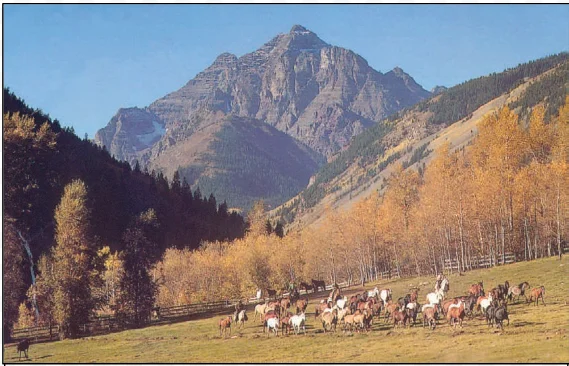
Injustices and Deception: As the United States expanded its settlements, the indigenous peoples were either coerced or compelled to move, often through the signing of treaties that undervalued their land.
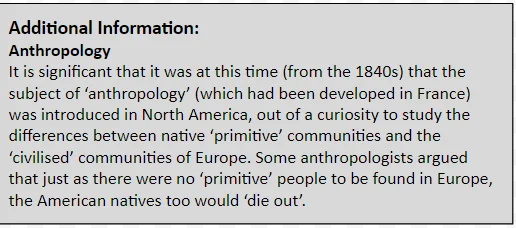
Gold Rush of the 1840s: In the 1840s, the discovery of gold in California triggered the famous ‘Gold Rush,’ drawing thousands of European prospectors to the United States in hopes of striking it rich.
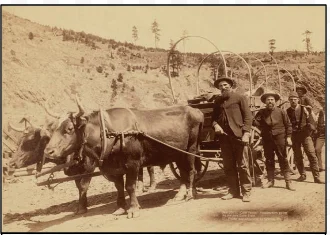
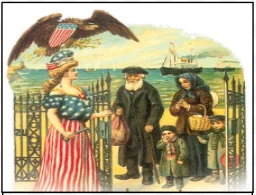
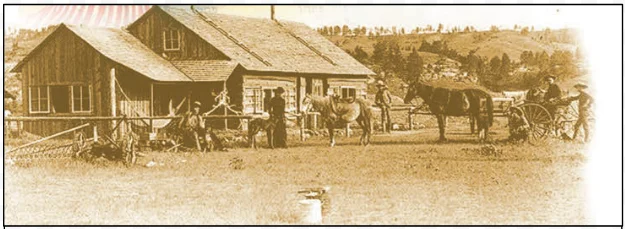
Democracy’s Founding Flame: The democratic spirit that fueled the American settlers’ fight for independence in the 1770s became integral to the identity of the United States, setting it apart from the monarchies and aristocracies of the Old World.

Delayed Progress: It wasn’t until the 1920s that conditions began to improve for the native peoples of the USA and Canada.

| Must Read | |
| Current Affairs | Editorial Analysis |
| Upsc Notes | Upsc Blogs |
| NCERT Notes | Free Main Answer Writing |
The 19th century marked a period of intense expansion and transformation for both Canada and the USA. From the acquisition of new lands and the rise of industries to the push for indigenous rights, this era laid the foundation for the modern North American landscape and its socio-political complexities.
| Related Articles | |
| The United States of India | CITIZENSHIP |
| Largest Desert in the World | European Parliament Elections |
<div class="new-fform">
</div>